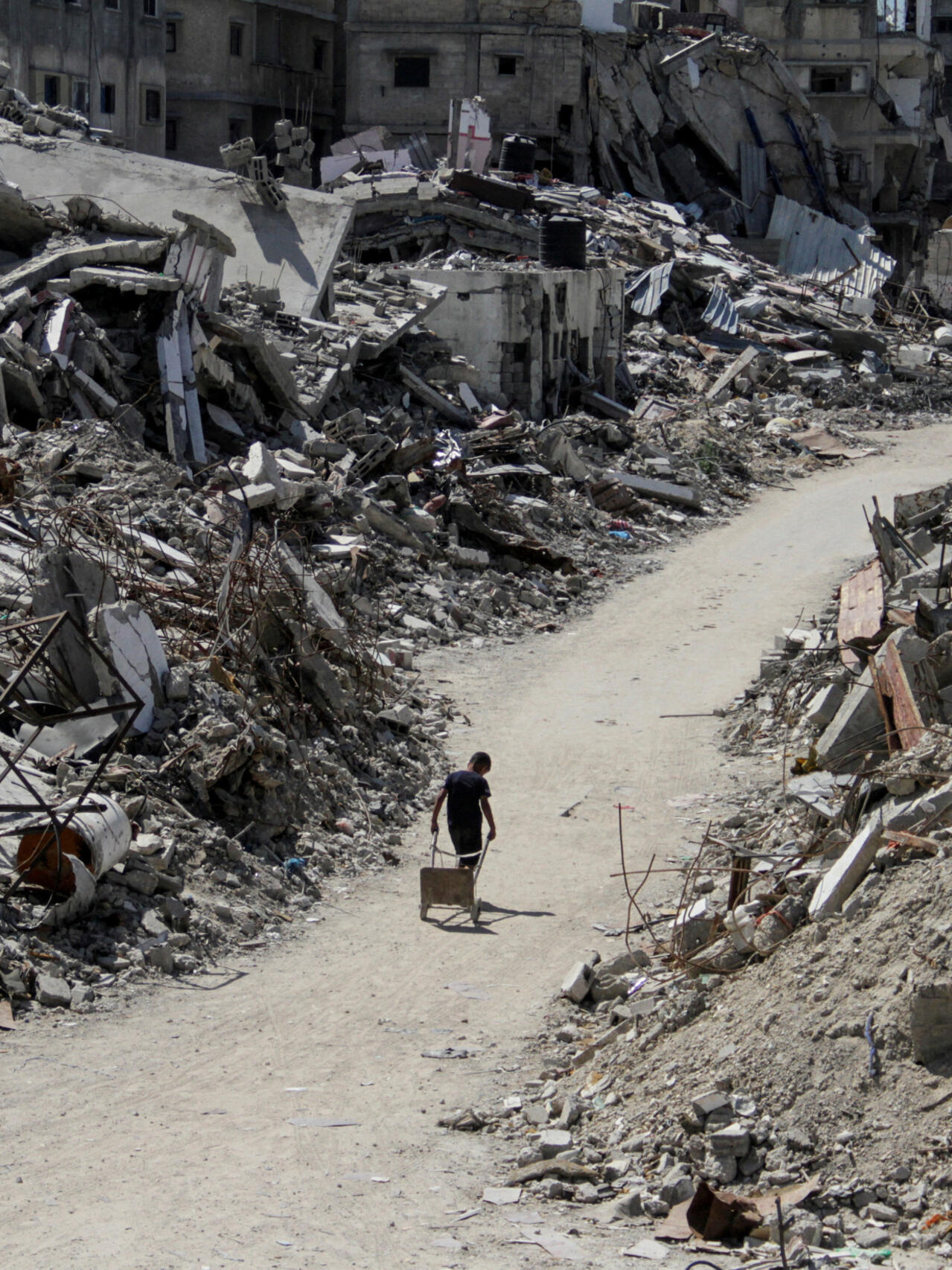
Nearly Four Years Since the Publication of “Toxic Politics: China’s Environmental Health Crisis and Its Challenge to the Chinese State”
In 2019, China experienced approximately 1.4 million premature deaths due to ambient PM2.5 pollution, according to the Global Burden of Disease study. To combat this crisis, the Chinese government launched an anti-pollution campaign in 2013, focusing on controlling PM2.5. As a result, the average PM2.5 concentration dropped by 50 percent from 2013 to 2019.
Continued Improvement in Air Quality during the Covid Era
In 2022, the average annual concentration of PM2.5 in major Chinese cities fell to 29 μg/m³, with the average number of days classified as having good air quality reaching 316. Chinese ambassador to the United States Xie Feng emphasized this achievement in a recent speech at Harvard.
Impact on Life Expectancy and Global Pollution Levels
A University of Chicago study suggests that China’s success in reducing pollution could potentially increase average life expectancy by 2.2 years. Furthermore, the decline in global pollution levels can be attributed entirely to China’s efforts.
Challenges and Concerns
- The current PM2.5 concentration of 29 μg/m³ in China falls short of the WHO standard of 5 μg/m³.
- After a decade of decline, PM2.5 levels rebounded for the first time in 2023, particularly in China’s provincial capitals.
- The increasing trend of other pollutants, such as ozone (O₃), poses a significant health risk.
- The authoritarian approach to pollution control shows diminishing returns, with slower reductions in PM2.5 levels since 2018.
- China’s increasing dependency on fossil fuels, particularly coal, contributes to air pollution and hinders pollution control efforts.
Implications for Sustainable Development Goals (SDGs)
The challenges and concerns highlighted above have implications for several SDGs, including:
- SDG 3: Good Health and Well-being – The reduction of pollution levels is crucial for improving public health and increasing life expectancy.
- SDG 7: Affordable and Clean Energy – China’s reliance on fossil fuels, particularly coal, contradicts the goal of transitioning to clean energy sources.
- SDG 11: Sustainable Cities and Communities – Achieving sustainable cities requires effective pollution control measures and the improvement of air quality.
- SDG 13: Climate Action – China’s increasing coal production and thermal power generation hinder efforts to reduce climate-warming emissions.
Conclusion
While China has made significant progress in reducing PM2.5 pollution, there are ongoing challenges and concerns that need to be addressed. The government must continue its efforts to improve air quality, reduce reliance on fossil fuels, and develop comprehensive strategies to control multiple pollutants. These actions are essential for achieving the SDGs and ensuring a sustainable future for China and the world.
SDGs, Targets, and Indicators Analysis
1. Which SDGs are addressed or connected to the issues highlighted in the article?
- SDG 3: Good Health and Well-being
- SDG 7: Affordable and Clean Energy
- SDG 11: Sustainable Cities and Communities
- SDG 13: Climate Action
The article discusses the impact of air pollution on health, the use of fossil fuels for energy generation, the improvement of air quality in Chinese cities, and the challenges in achieving sustainable development goals related to pollution control and climate change.
2. What specific targets under those SDGs can be identified based on the article’s content?
- SDG 3.9: By 2030, substantially reduce the number of deaths and illnesses from hazardous chemicals and air, water, and soil pollution and contamination.
- SDG 7.2: By 2030, increase substantially the share of renewable energy in the global energy mix.
- SDG 11.6: By 2030, reduce the adverse per capita environmental impact of cities, including by paying special attention to air quality and municipal and other waste management.
- SDG 13.2: Integrate climate change measures into national policies, strategies, and planning.
3. Are there any indicators mentioned or implied in the article that can be used to measure progress towards the identified targets?
- PM2.5 concentration levels (micrograms per cubic meter) as an indicator of air quality and pollution reduction efforts.
- Average number of days classified as having good air quality in Chinese cities.
- Reduction in coal’s share in China’s energy mix.
- Coal production and thermal power generation levels as indicators of dependence on fossil fuels.
Table: SDGs, Targets, and Indicators
| SDGs | Targets | Indicators |
|---|---|---|
| SDG 3: Good Health and Well-being | SDG 3.9: By 2030, substantially reduce the number of deaths and illnesses from hazardous chemicals and air, water, and soil pollution and contamination. | PM2.5 concentration levels (micrograms per cubic meter) |
| SDG 7: Affordable and Clean Energy | SDG 7.2: By 2030, increase substantially the share of renewable energy in the global energy mix. | Reduction in coal’s share in China’s energy mix |
| SDG 7.2: By 2030, increase substantially the share of renewable energy in the global energy mix. | Coal production and thermal power generation levels | |
| SDG 11: Sustainable Cities and Communities | SDG 11.6: By 2030, reduce the adverse per capita environmental impact of cities, including by paying special attention to air quality and municipal and other waste management. | PM2.5 concentration levels (micrograms per cubic meter) |
| SDG 13: Climate Action | SDG 13.2: Integrate climate change measures into national policies, strategies, and planning. | Reduction in coal’s share in China’s energy mix |
Copyright: Dive into this article, curated with care by SDG Investors Inc. Our advanced AI technology searches through vast amounts of data to spotlight how we are all moving forward with the Sustainable Development Goals. While we own the rights to this content, we invite you to share it to help spread knowledge and spark action on the SDGs.
Fuente: cfr.org

Join us, as fellow seekers of change, on a transformative journey at https://sdgtalks.ai/welcome, where you can become a member and actively contribute to shaping a brighter future.






